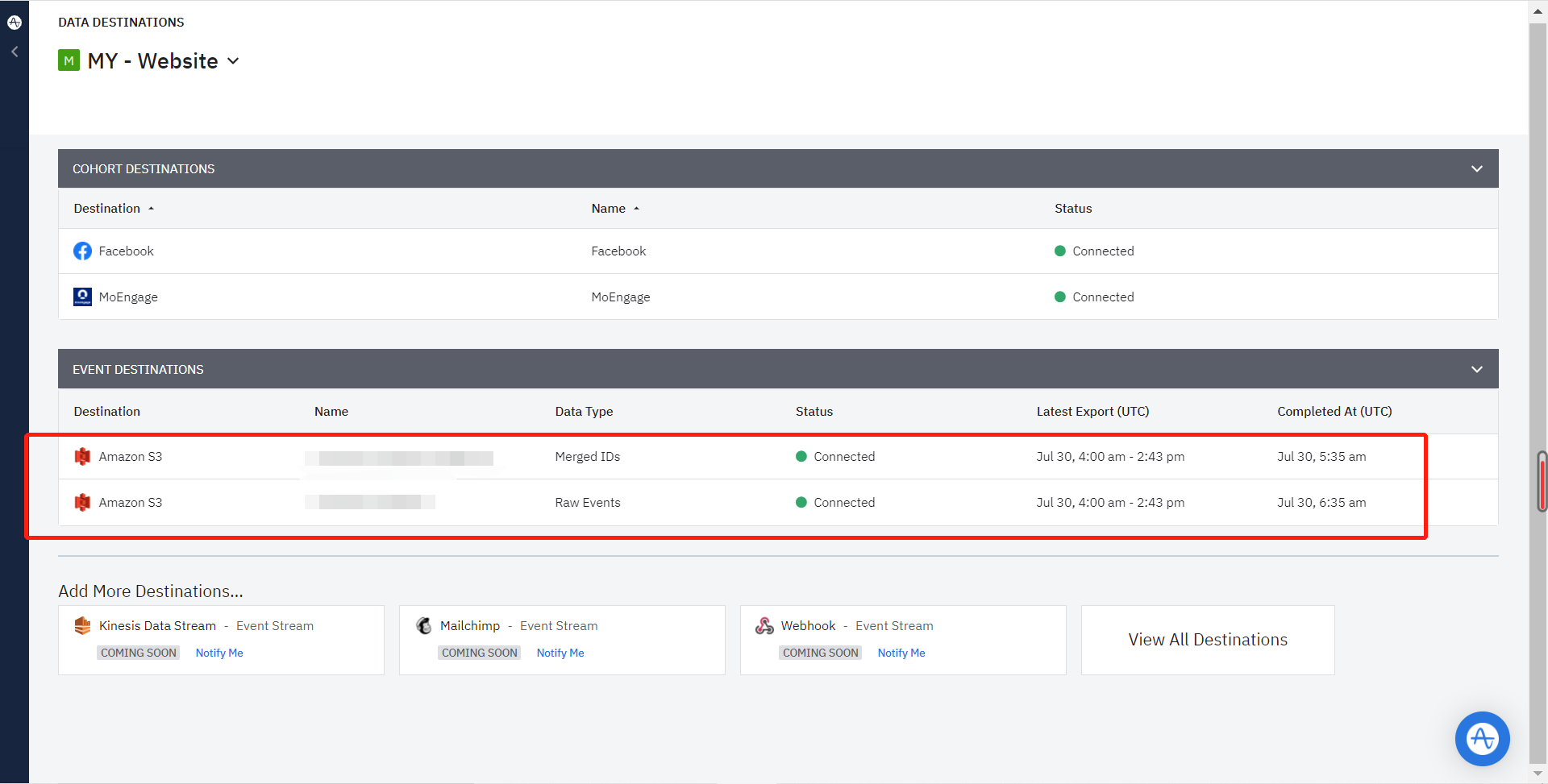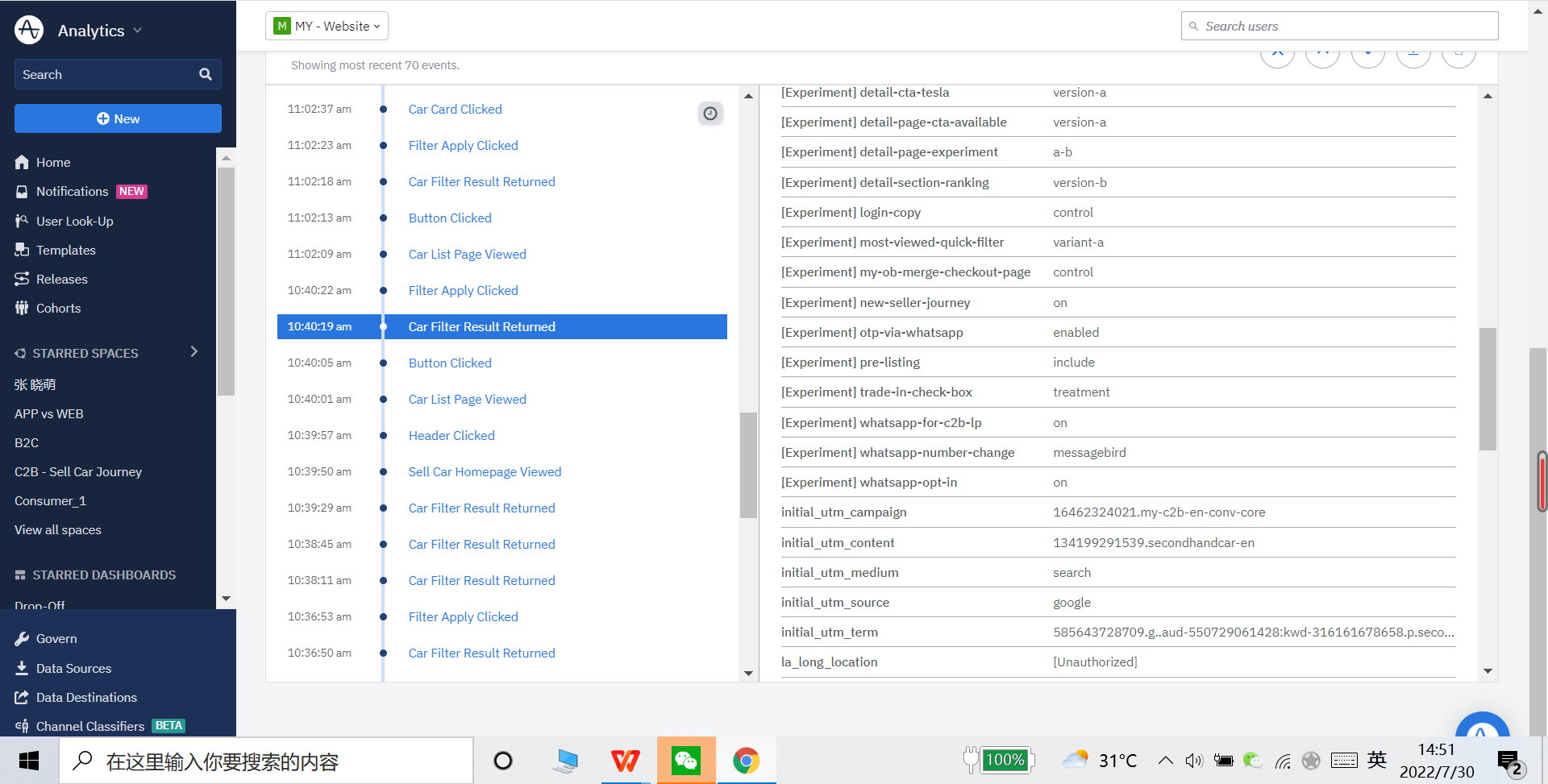Hi!
First I recommend reading our help center articles: https://help.amplitude.com/hc/en-us/articles/360044561111 and this https://www.docs.developers.amplitude.com/data/destinations/amazon-s3/?h=s3+expo
1.We want to backfill the data under this project to a new project, we have set up amasonS3 export, can we use this data directly?Is there any difference between these two data types, do both types of data need to be backfilled?
Once the data is exported to S3 you can query on it. The two options are different one exports raw data and properties. The merged User table is so that you can query on unique users since Amplitude has a special user merging logic https://help.amplitude.com/hc/en-us/articles/115003135607#h_c323d7e5-4662-4a36-b0a1-5110a341e80c. Therefore, this table allows you to see what users are the same and were merged into one user profile in Amplitude because they were determined to be the same user. You do not need to export both but customers typically want to export both.
2.Do we need set Converter Configuration? Does each event have to correspond to a configuration?
That is for S3 imports I believe where are you seeing that for exports?
3.We can see some user attributes for each event, how to send these user attributes when backfilling?
It will export with events see the JSON format in that article above.
4. We want to add new event attributes to the exported data, is that possible?
You cannot add attributes that were not sent to Amplitude originally. Once it is in your S3 bucket if you want to try and add one you can try and do that but that would have to be figured out on your end we only control exporting data we ingested.
Best,
Sydney








